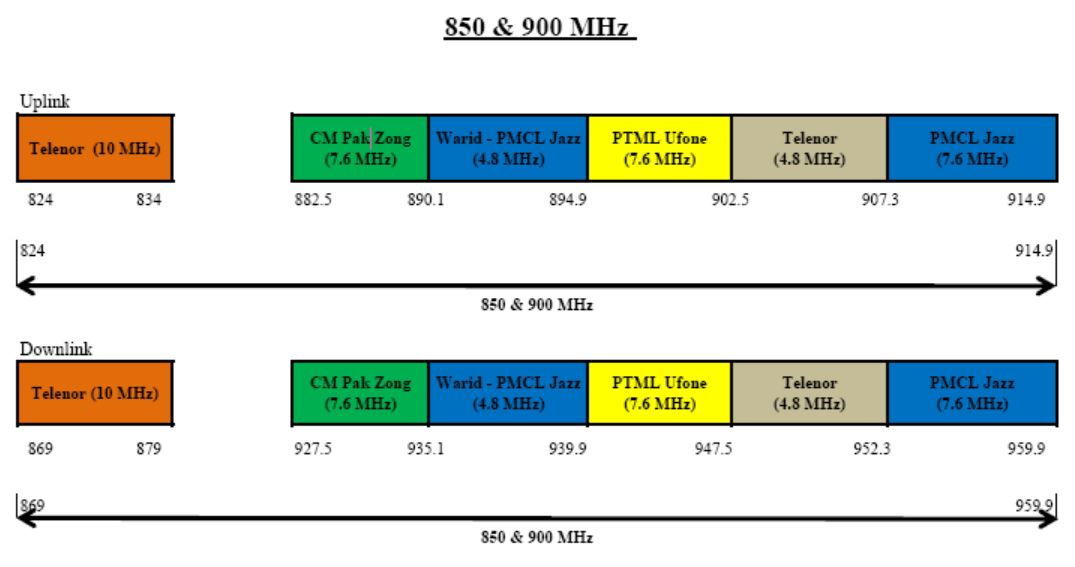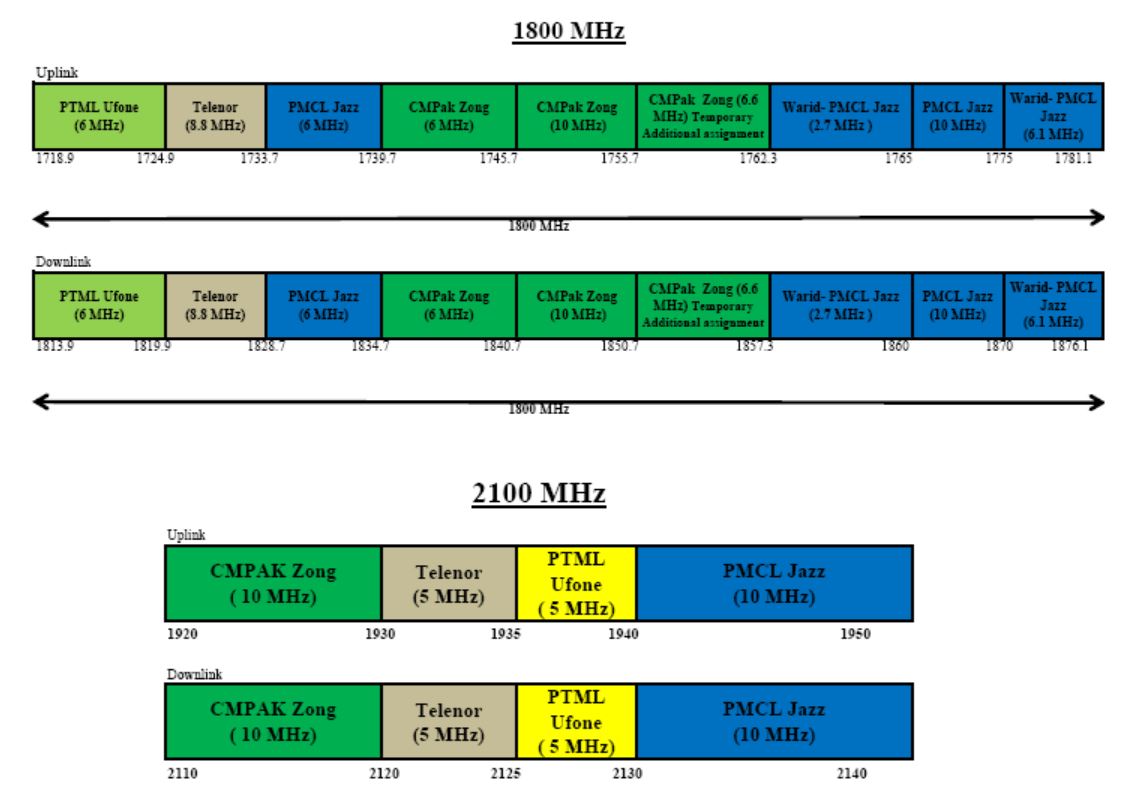Here’s Why Jazz is Ideally Positioned to Offer Best 3G/4G Speeds
Posted by PROPK STAFF
Pakistan currently has over 66 million 3G/4G users who consume data services on their smartphones. Whether it’s watching cricket matches or making Whatsapp calls to friends and family, there’re a lot of things that have made lives easier for Pakistanis while they are on the go.
The number is only growing and hence the demand for the data is also increasing. This essentially means that mobile phone operators need to be prepared for extremely high data demand — with sufficient coverage and broadband speeds that can handle large numbers of high-data users.
For 3G/4G speeds – while there are many factors – the most crucial thing is the spectrum that one operator has at its disposal for the provision of data services. In case you don’t know, a spectrum is like a pipe that is used to transmit data. The bigger the pipe, the higher the speed.
If we look at the size of the spectrum available to different operators, we can get an indication of how easy it would be for a mobile phone company to offer better speeds over its 3G and 4G networks.
Before we look at the spectrum allocation of all four mobile phone operators, it must be noted that Pakistani mobile phone operators are allotted spectrum in three bands:
- 850-900MHz
- 1800MHz
- and 2,100 MHz.
Below is how spectrum are allocated to each mobile phone company:


After going through the spectrum allocation map, here’s how much frequency is available to each operator:
- Telenor: 10MHz in 850 + 4.5MHz in 900 + 8.8MHz in 1800 + 5MHz in 2100 bank = 28.6MHz
- Ufone: 7.6MHz in 900 + 6MHz in 1800 + 5MHz in 2100 = 18.6 MHz
- Zong: 7.6MHz in 900 + 16MHz in 1800 + 10MHz in 2100 = 33MHz
- Jazz: 12.4MHz in 900 + 24.8 MHz in 1800 + 10MHz in 2100 = 47.2MHz
Jazz clearly has more spectrum than any other operator, and in case you are wondering how that happened; Jazz also acquired Warid’s spectrum when the merger happened.
More importantly, Jazz is looking to renew the Warid spectrum that it had obtained as the result of the merger, meaning that Jazz will be retaining the spectrum and will continue to lead with a higher spectrum.
The entire math means that Jazz is clearly best positioned to offer higher 3G and 4G speeds — which is evident from the fact that they recently achieved 140Mbps speeds on their 4G network in Islamabad. Below is a screenshot the test:

And by the way its not that other operators — having smaller spectrum space — can’t compete with Jazz at all; In fact they can, if they spend more on infrastructure. As previously stated, a spectrum is not the only factor involved for achieving higher speeds, but it’s one of the most important contributors for providing higher speeds and better end-user experience on data networks.
The post Here’s Why Jazz is Ideally Positioned to Offer Best 3G/4G Speeds appeared first on .



